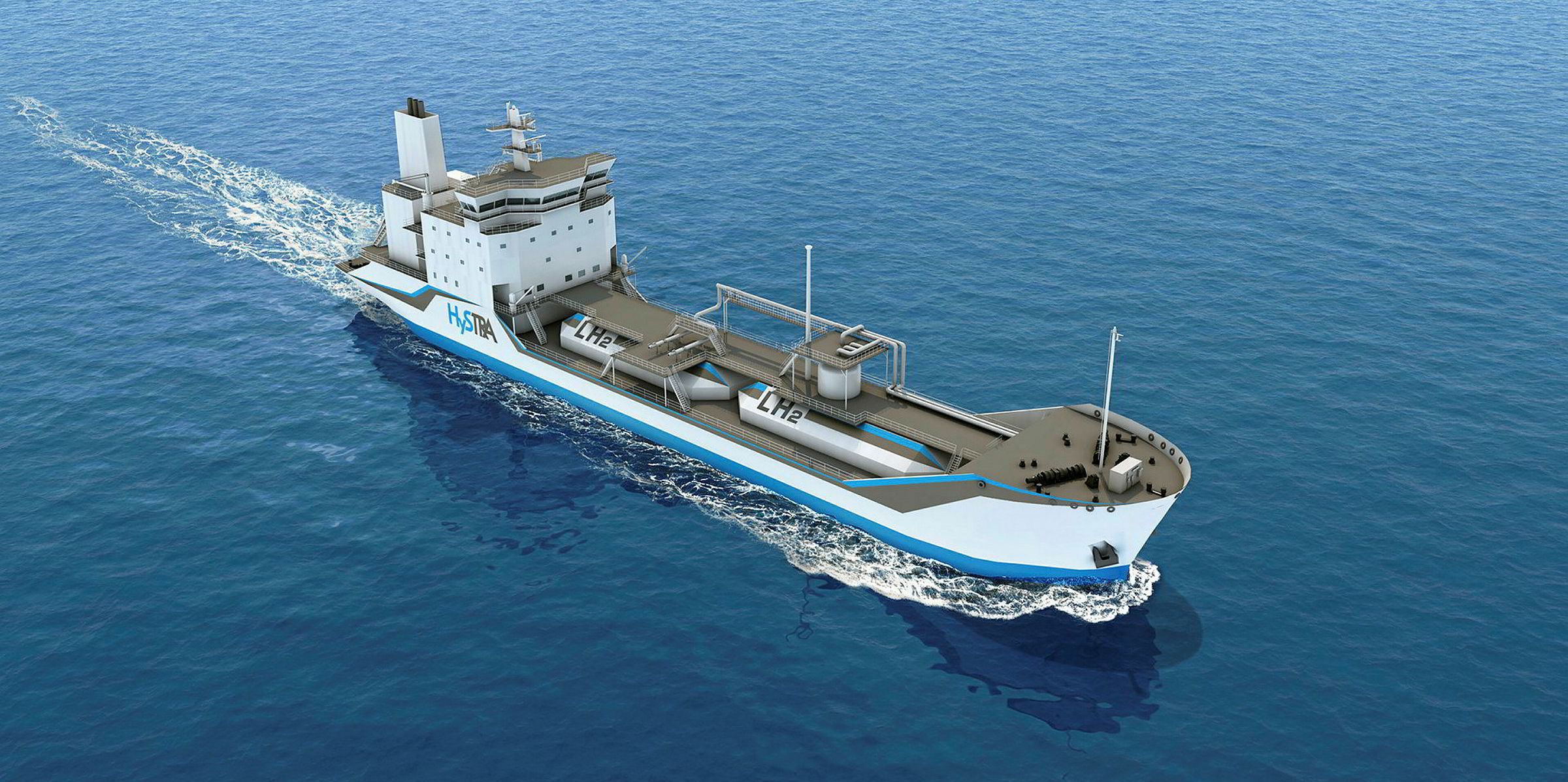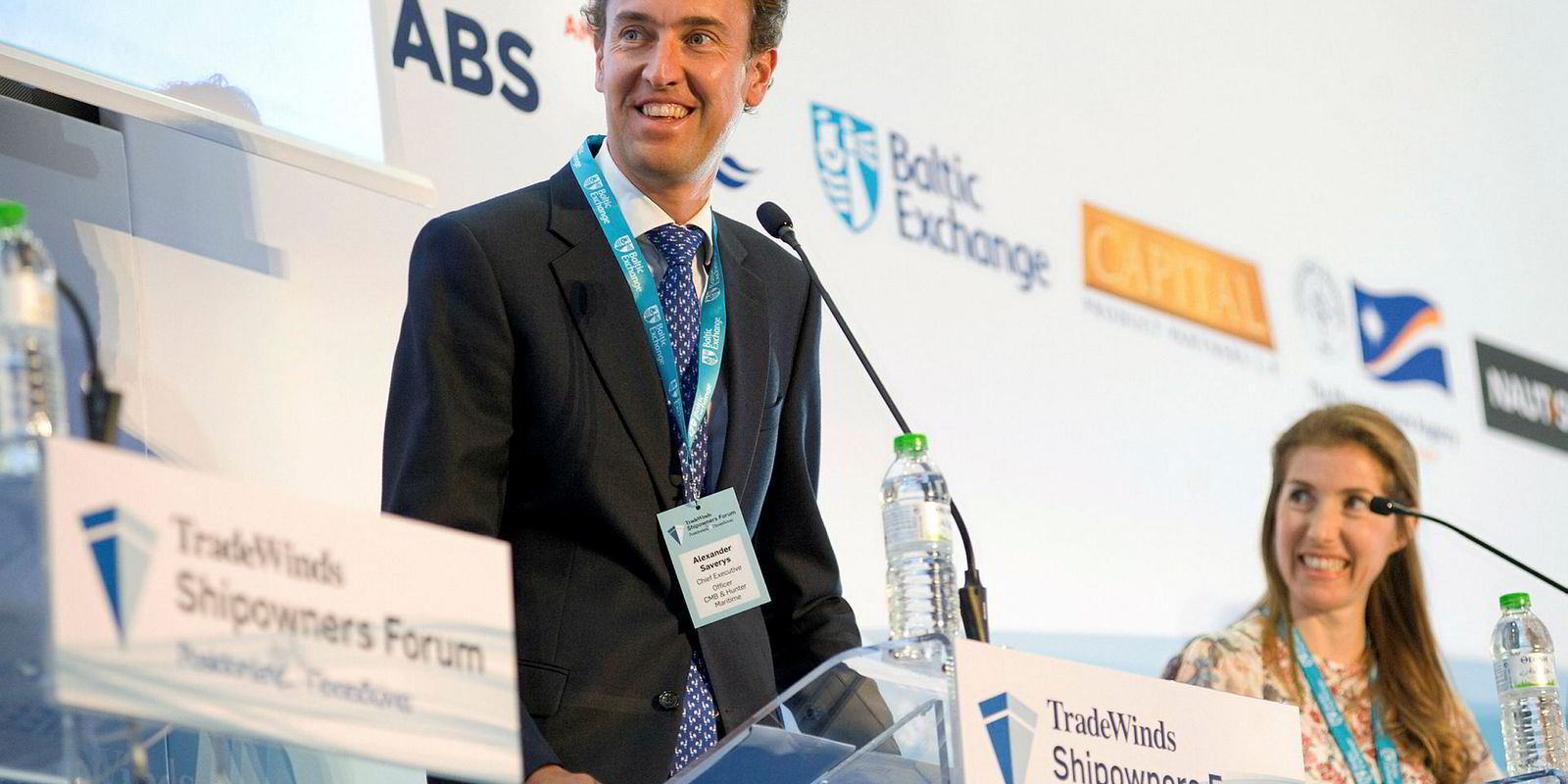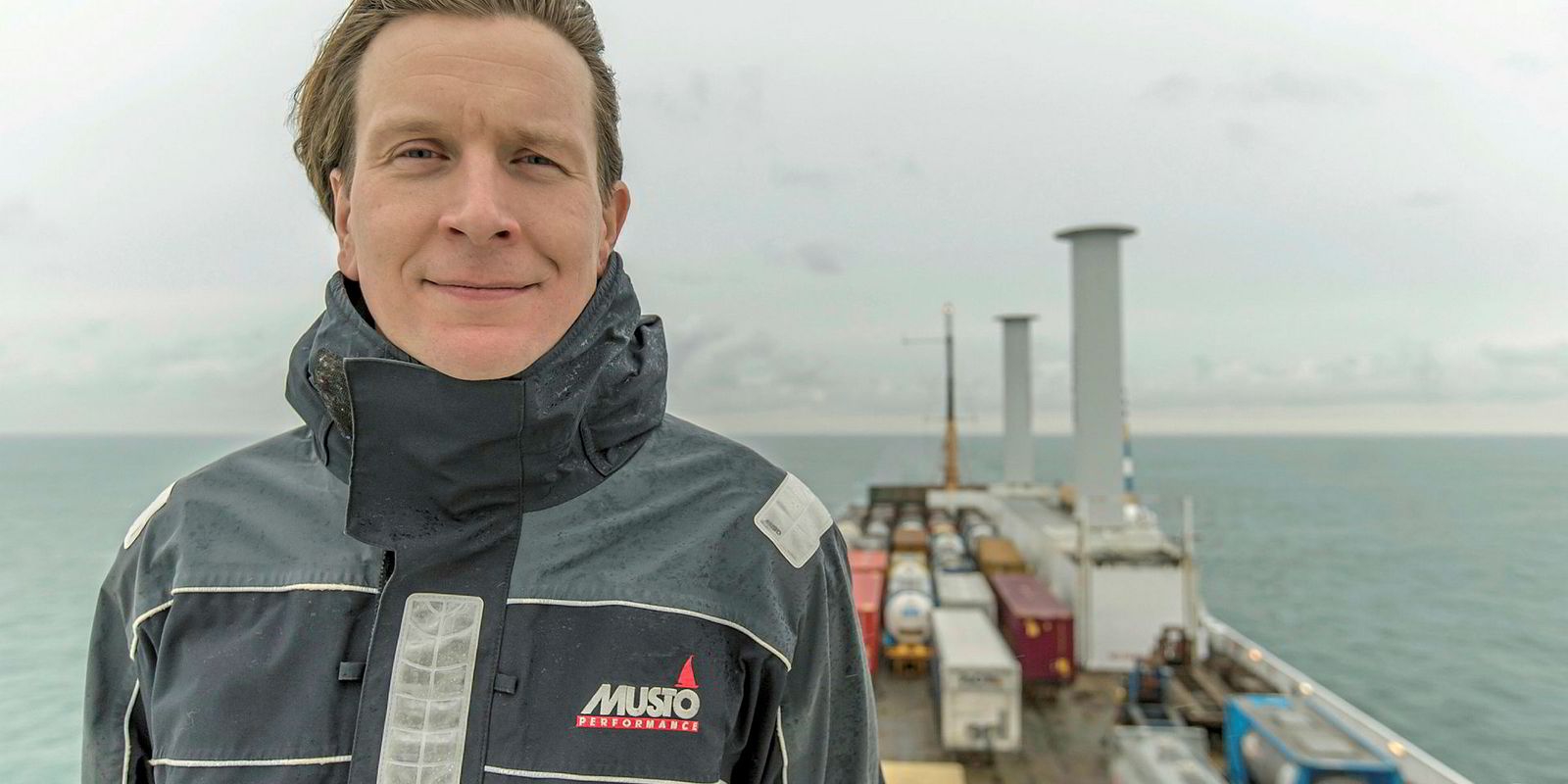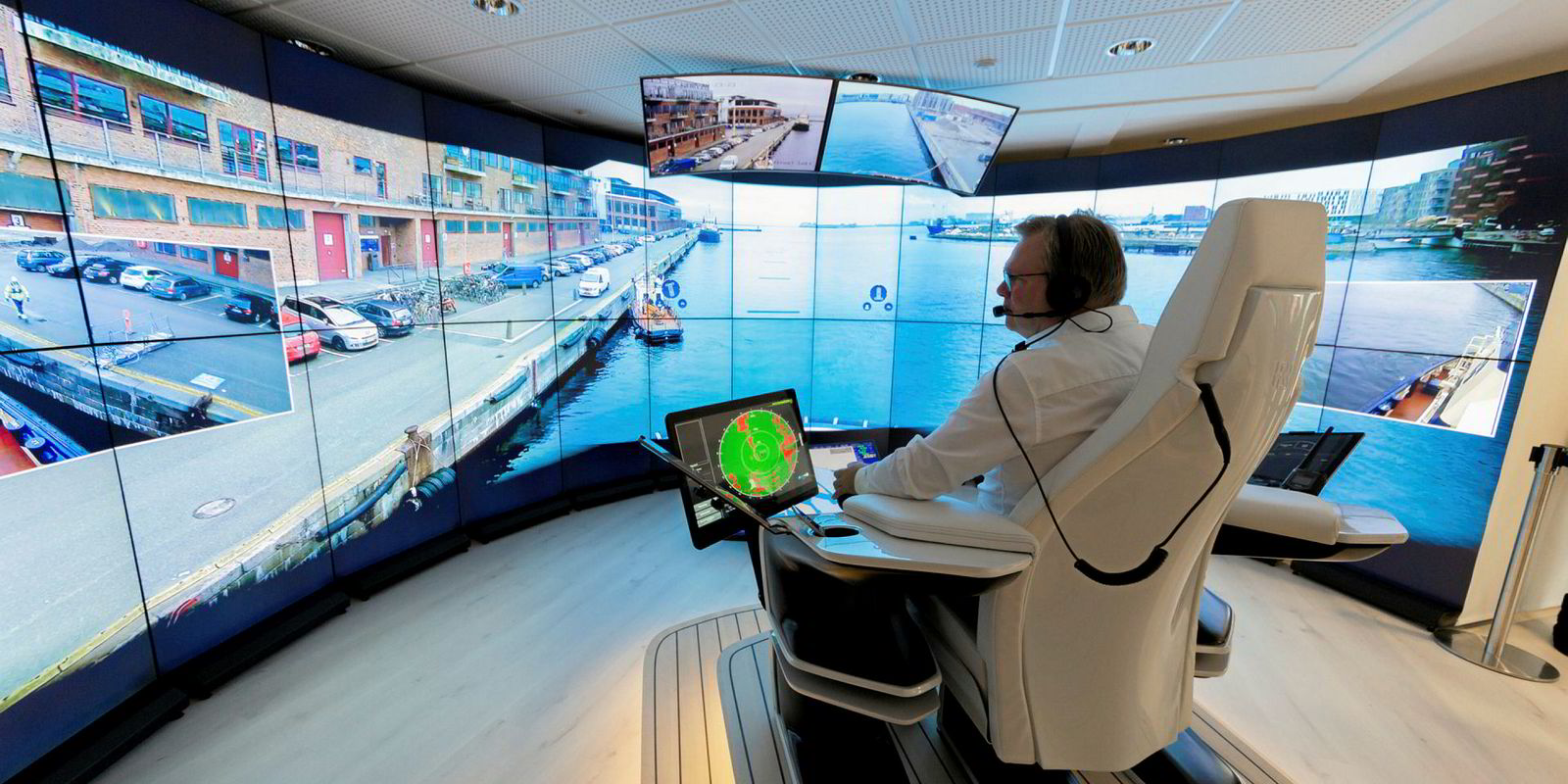Several hydrogen-fuelled vessels could be in operation by 2021 but Japan is building the world’s first vessel that will carry this future fuel.
To chime with Tokyo’s hosting of the 2020 Olympics, the government wants to show off its green credentials by unveiling a fleet of cars, specially designed for the Games by Toyota and Honda, that will run on hydrogen.
The government also plans to convert the capital’s taxis to run on hydrogen.
Under these plans, hydrogen would be produced from the gasification of brown coal reserves in the Australian state of Victoria.
Shipbuilder Kawasaki Heavy Industries (KHI) has designed a pioneering liquefied hydrogen carrier and has been working with Japan’s New Energy and Industrial Technology Development Organization since 2015 to establish a supply chain.
KHI, Iwatani, Electric Power Development (J-Power) and Shell Japan teamed up last year to form the Hydrogen Energy Supply-Chain Technology Research Association (HySTRA), which will be the operating body responsible for the production, handling and transport of hydrogen.
A KHI spokesman tells TradeWinds the initial design of the vessel has been completed. Detailed design work is now under way, with the aim of laying the keel next year.
He says the most challenging aspects of the build is manufacturing the cargo tank and lines for storing and transporting liquefied hydrogen at -253C.
The 116-metre-long ship will be fitted with the largest liquefied hydrogen tank built for transportation purposes anywhere in the world.
Cryogenic cargo lines
KHI says the most innovative aspect of the vessel is the use of a vacuum insulation system for the tank and the cryogenic cargo lines required.
The completed pilot ship will be fitted with one forward 1,250-cbm tank. The yard’s spokesman says this corresponds to about 75 tonnes of liquefied hydrogen, which is enough to fill 15,000 tanks on fuel cell vehicles.
The area to the rear of this, where a second tank would fit, will be used for installing monitoring instruments for the demonstration, KHI says.
The vessel is due for delivery in the second half of 2020.
Gas industry specialists have expressed concern about the safety of marine hydrogen transportation.
KHI says development of its pilot vessel is based on the interim recommendation on the transportation of liquefied hydrogen adopted at the IMO Maritime Safety Committee’s 97th session in 2016.
The yard team says it developed dual-structure piping to cope with the low temperature and permeability of hydrogen and flame-detection devices specifically designed for the characteristics of hydrogen flame.
“In addition, we have abundant experiences in designing and building LNG and LPG carriers, onshore liquefied hydrogen facilities and equipment for many years, and these experiences, knowledge and know-how were fully utilised in the safety design of the pilot ship,” the spokesman says.
Larger versions
The current focus is on building this test carrier, but KHI is already looking at larger versions for possible future projects.
Although work remains at an early stage, the yard says: “Our immediate goal is to develop a liquified hydrogen carrier with nearly the same tank capacity as [a] conventional large LNG carrier.”






